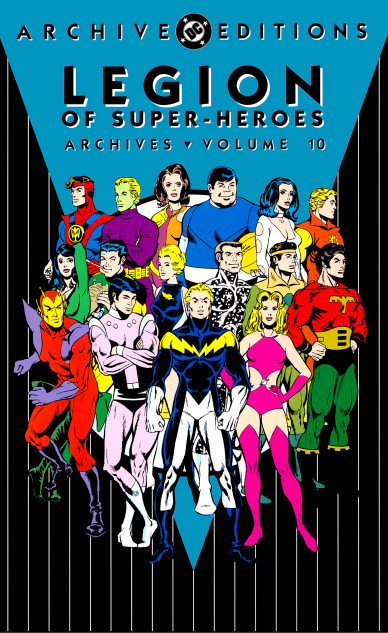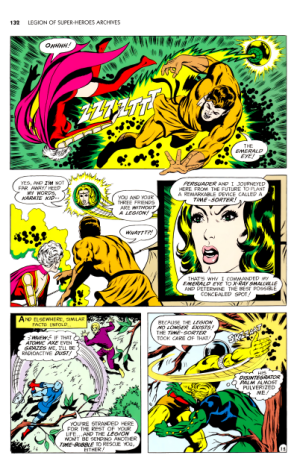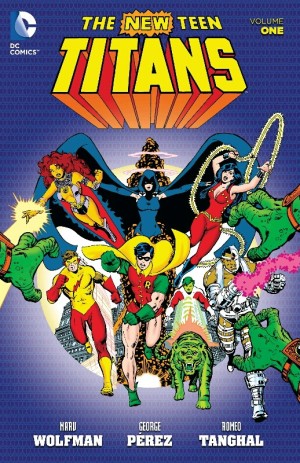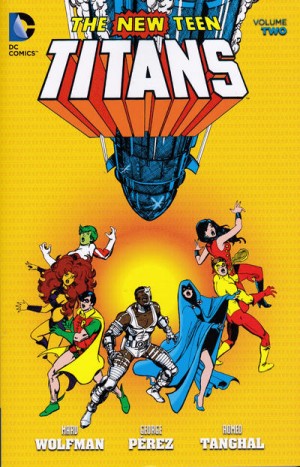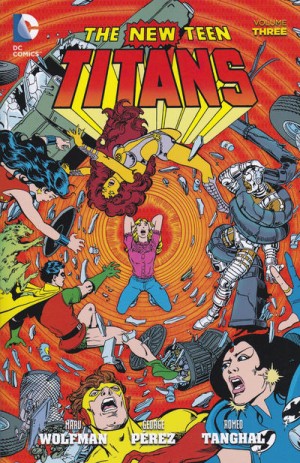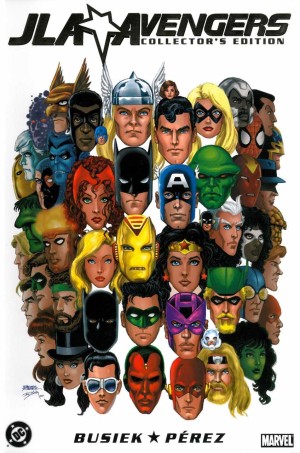Review by Frank Plowright
By 1972 the once extremely popular Legion of Super-Heroes had fallen on hard times, reduced to a short back-up feature every few months in Superboy’s comic, which was hardly suitable for a group nearing twenty members. As seen in this volume’s opening stories, that reflected on the creators, who may have been professional, but certainly nothing more, and because there was so little room few characters feature in each eight pager.
What the Legion had going for it, though, was extremely fervent and articulate fans in regular contact first by mail, and then via The Legion Outpost fanzine. Their dedication helped keep the feature alive in dark days, and they responded rapidly and exuberantly to improvements introduced by new artist Dave Cockrum. As he notes in his introduction, he was still a little rough around the edges when he started, but the enthusiasm shines through. A additional wow factor was his redesigning the stale early 1960s costumes. The replacements have now also dated, especially the way some objectify women, but compared with the stories not drawn by Cockrum they convince that these are people in their mid to late teens, not children dressed up by their parents.
It can also be seen how primary writer Cary Bates responds to improved art by upping his game as if seeing the potential for the first time. As Cockrum notes, he doesn’t lose his preference for focussing on a few team members at a time, when such are the threats the entire membership would be more useful, although he varies the cast and most members have a moment in the spotlight rather than being lost in the shuffle. More obvious now than when several months separated publication is each of the first five stories featuring a threat with similar abilities to a Legionnaire.
The best of the shorts is the last of them, featuring the introduction of the character who’d become Wildfire trying out for the Legion, even if an excellently downbeat ending was later nullified by his return.
Because the longer stories evicted Superboy from this own title, he’s incorporated into the Legion, and plays a large part, being the only ever-present once he’s inducted. Bates’ plots generally keep the action moving, make good use of the assorted powers the Legionnaires have, and feature a selection of the Legion’s top ranking villains, but those villains can lack coherence. Starfinger, for instance, considers being able to create an endless number of duplicates is a good idea.
The best of the Bates/Cockrum collaborations is the final story reprinted here. While having both Superboy and Mon-El in a four person team seems overloading the power, it’s a homage to the misunderstood monster films of old, Cockrum’s introduction mentioning it’s based on The Creature From the Black Lagoon. It’s simple, makes a point, the mystery is good and the result is dependent on understanding, not violence.
Like the 1960s version of the Legion, these stories are of their era, but once into the swing most are cleverly written and well drawn. Mike Grell takes over the art in Legion of Super-Heroes Archives Volume 11. If you’d prefer black and white reprints, most of both volumes is found in Showcase Presents Legion of Super-Heroes Vol. 5.
